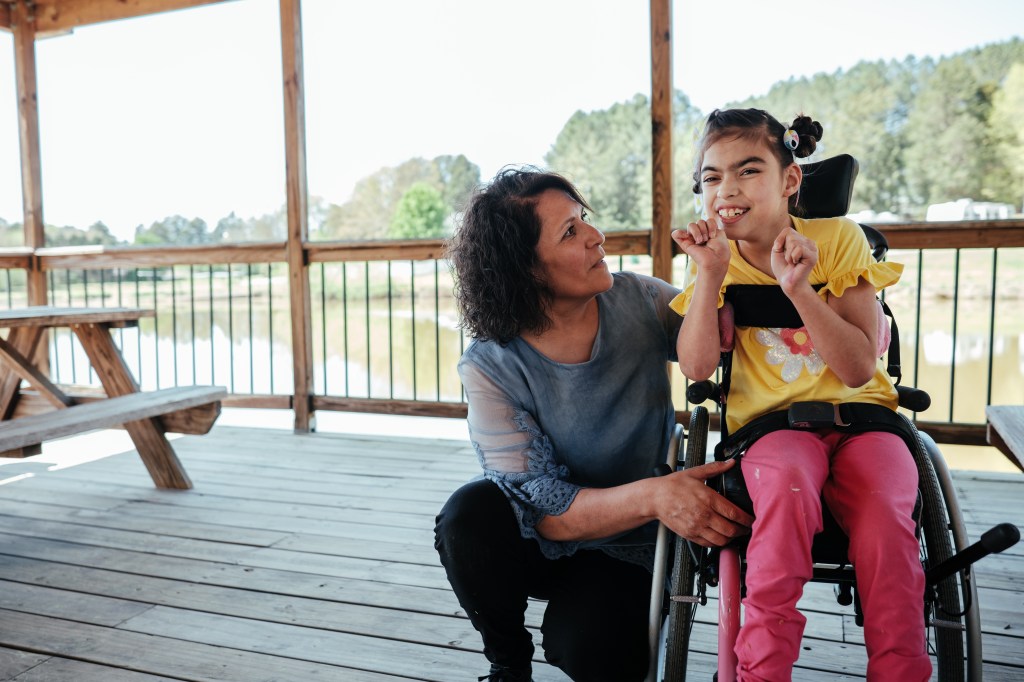
Creating Your Caregiving Support Team
Becoming a caregiver is a major commitment, but you don’t have to shoulder it alone. Remember that taking care of yourself gives you the ability to sustainably care for the person you are caring for. That’s why the first step of any caregiving journey involves building your caregiving team.
Creating Your Caregiving Team
The first step is to create a caregiving plan that works for you and your family. Having a plan allows you to establish the foundation for consistent communication with the person you are caring for and those who are supporting you. It will also be key to having a lasting and healthy transition to your new caregiving reality.
To begin, consider some logistics, such as gathering and reviewing existing legal documents, and consulting with financial and legal advisors on any additional paperwork that will make it easier for you to manage your loved one’s affairs. From scheduling doctor’s appointments to managing prescriptions, understanding the administrative side of your loved one’s condition will make it easier to access the resources you need along the caregiving journey.
Next, think about the calendar and the individuals you can call on to assist with tasks. Whether for day-to-day assistance or providing an overview of the next several months, curating a schedule that lays out who will help when, where, and how will help you stay ahead of the game and will make it easier to maintain consistent communication with anyone involved in caregiving. Be sure to keep family and friends up to date on all changes, so everyone can stay on the same page. That helps to ease any tensions that may arise.
Finally, identify community resources you can rely on. Local government agencies and community centers provide aging offices that may have the staff to help you. Whether that be providing help around the house, regular telephone calls, or a volunteer to be a friendly face, these resources are an opportunity to alleviate work off your shoulders when you need it.
For more tips, see the National Institute of Health’s guide, How to Share Caregiving Responsibilities with Family Members.
Building a Caregiving Plan B
There may be a time where you can no longer provide around-the-clock care, whether because of your own health, a job, or needing a break. Planning for these scenarios will help you maintain a rhythm of normalcy for the person you are caring for. To help you think through a Plan B, take a look at Careforth’s blog article, When You Can’t Be There: Creating a Caregiving Plan B, which highlights the multitude of options for any emergency situation you may find yourself in.
Dementia Caregiving
If you’re caring for someone with dementia, there may be a few other considerations for your caregiving plan. For example, consider taking note of specialized care facilities in your area as the day might come that you need to utilize them. Also, consider joining a support group with people of similar situations to turn to for guidance. Those living with dementia have special needs, and learning from others with experience how to support each phase of their illness will help make it easier to care with confidence.
Managing Family Dynamics
Caregiving can bring relationships closer, but also present newfound challenges. Whether it be your spouse, siblings, or children, it is important to have conversations that keep everyone engaged and involved in the status of the person you are caring for. Conflict is inevitable. Consider reading the Careforth blog post, Caregiving Can Impact Your Relationships with Family and Friends, as it offers resources to help navigate these familial challenges throughout your caregiving process.
Remember, We Are Here For You
You need and deserve this support. Caregiving can be exhausting not only physically, but emotionally. It may be difficult to ask for help, but you will appreciate and benefit from the additional support. No matter where you are on your caregiving journey, having the right support can make a world of a difference. Careforth offers programs that provide you with an expert care team to support you, your family, and the person you’re caring for. Learn more at Careforth.com.
More insights like this:
-

How Caregivers Can Create a Safe and Comfortable Home for Aging Loved Ones
Read more: How Caregivers Can Create a Safe and Comfortable Home for Aging Loved OnesFor family caregivers, the home is more than just a living space. It’s where comfort, care, and safety come together. Yet many homes are not naturally designed to support the needs of older adults or those with health challenges. Creating a safe and welcoming environment takes intention, planning, and an eye for the…

